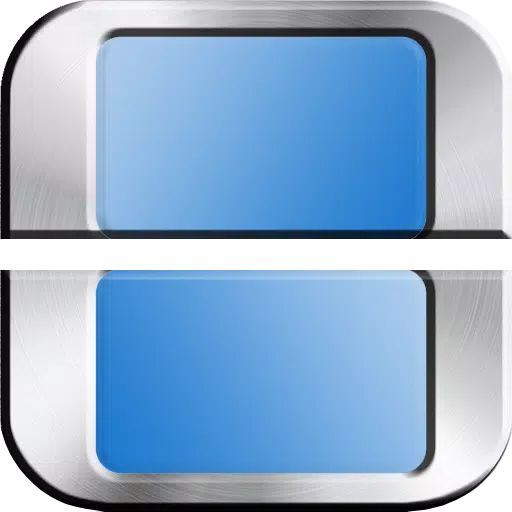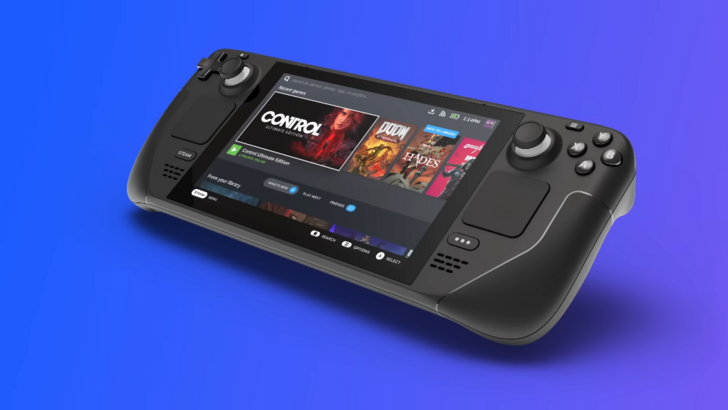
Valve has officially announced that the Steam Deck will not follow the typical yearly upgrade cycle seen in smartphones and some handheld consoles. This decision was detailed by Steam Deck designers Lawrence Yang and Yazan Aldehayyat in a recent interview with Reviews.org.
Valve to Avoid Annual Upgrade Cycle for Steam Deck
“That’s Kind of Not Really Fair to Your Customers,” Said Steam Deck Designers

Valve's stance is clear: the Steam Deck will not chase the annual hardware refresh trend. Lawrence Yang emphasized that Valve isn't interested in the "yearly cadence" that competitors often adopt. "We’re not going to do a bump every year," Yang stated. "There’s no reason to do that. And, honestly, from our perspective, that’s kind of not really fair to your customers to come out with something so soon that’s only incrementally better."
Valve's focus is on achieving significant upgrades, or what they term a "generational leap," without compromising battery life. They want to ensure that any future iterations are truly worthwhile for consumers.
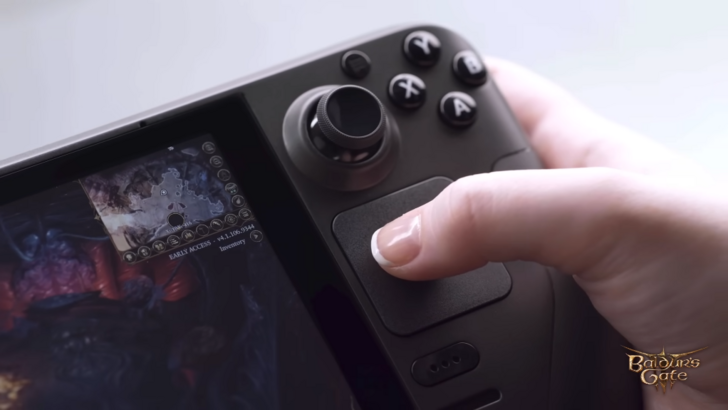
Yazan Aldehayyat highlighted Valve's commitment to solving user problems, particularly in the realm of playing PC games outside traditional desktop environments. While the Steam Deck has made strides in this area, Aldehayyat admitted there is still "a lot of room for improvement." He welcomed the innovations from other companies, noting that features like the Steam Deck’s touchpads provide unique advantages for PC game navigation compared to other handhelds like the ROG Ally. "We would love if other companies use touchpads," Aldehayyat added.
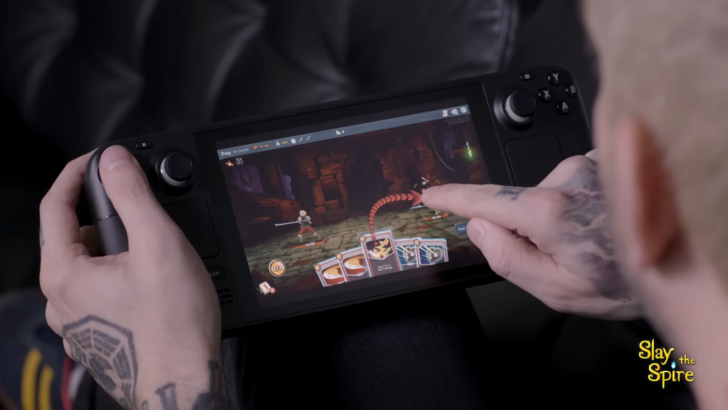
When discussing features they wished had been included in the Steam Deck OLED, Aldehayyat mentioned variable refresh rate (VRR) as a top priority, regretting its absence at launch. Yang clarified that the OLED model was not intended as a second-generation device but rather an enhancement of the original LCD model. Both designers are actively exploring ways to improve battery life in future models, though they acknowledged the technological constraints that currently limit such advancements.
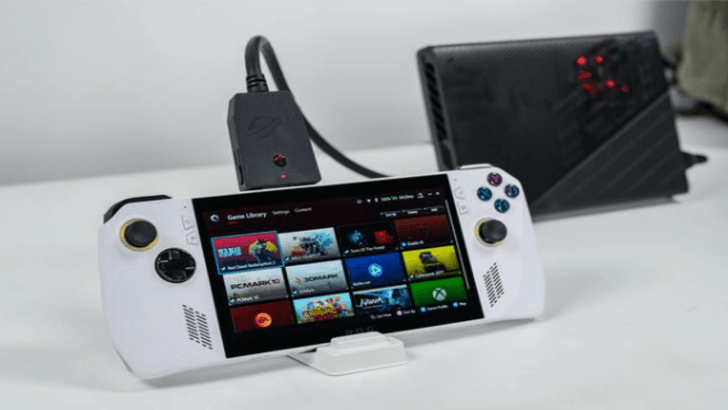
Despite the lack of annual updates, Valve remains unfazed by increasing competition from devices like the Asus ROG Ally and Ayaneo products. They view the Steam Deck's influence on the handheld gaming PC market as a catalyst for innovation rather than an "arms race." Aldehayyat expressed excitement about the variety of design choices competitors are exploring, stating, "We love the idea that a lot of companies are working on improving the experience of playing games outside of your office or away from your computer. So seeing people try all kinds of stuff and seeing what sticks and what doesn’t, and just improving that for users… We’re very excited about it and we’re kind of curious to see where that ends up being."
Steam Deck to Officially be Sold in Australia This November
Valve's decision to forego annual updates may be influenced by the ongoing global rollout of the Steam Deck. The device will officially launch in Australia this November 2024, as announced during PAX Australia. An exact release date has yet to be specified.
Prior to this announcement, Australians could only obtain the Steam Deck through unofficial channels. When asked about the delay in reaching the Australian market, Yang explained, "It takes a very long time to get everything buttoned up in terms of financial due diligence, and then setting up all the logistics and warehousing and shipping and returns and all that kind of stuff."
Aldehayyat added that Australia was always on their radar from the product's inception, designed to meet Australian standards and certified alongside the US, Europe, and Asia. However, they lacked the necessary business infrastructure in Australia to handle returns effectively.
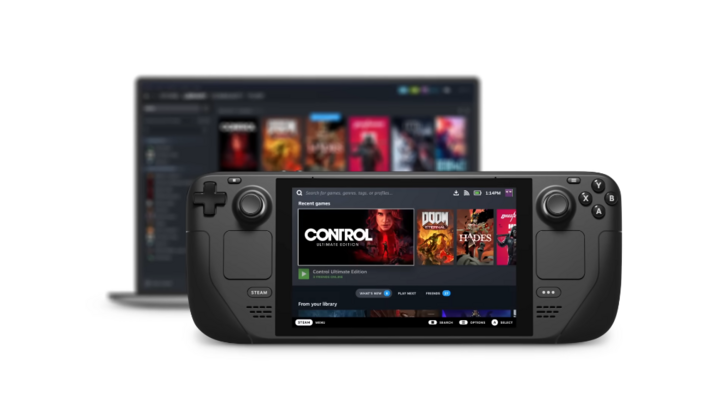
At present, Valve does not officially sell the Steam Deck in several countries, including Mexico, Brazil, and many parts of Southeast Asia like the Philippines and Indonesia. Users in these regions must rely on unofficial means to acquire the device, missing out on official support, accessories, and warranties.
In contrast, the Steam Deck is available in markets such as the United States, Canada, much of Europe, and parts of Asia including Taiwan, Hong Kong, South Korea, and Japan via Komodo’s website.







 LATEST ARTICLES
LATEST ARTICLES 







